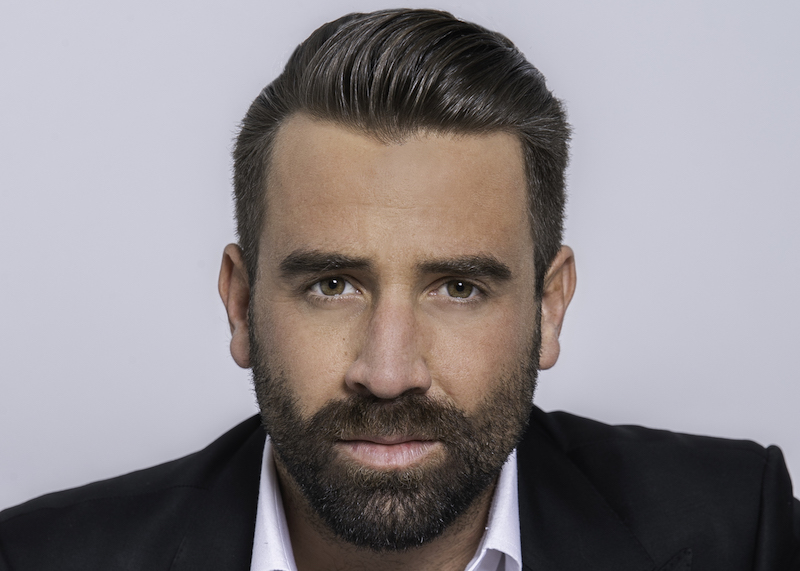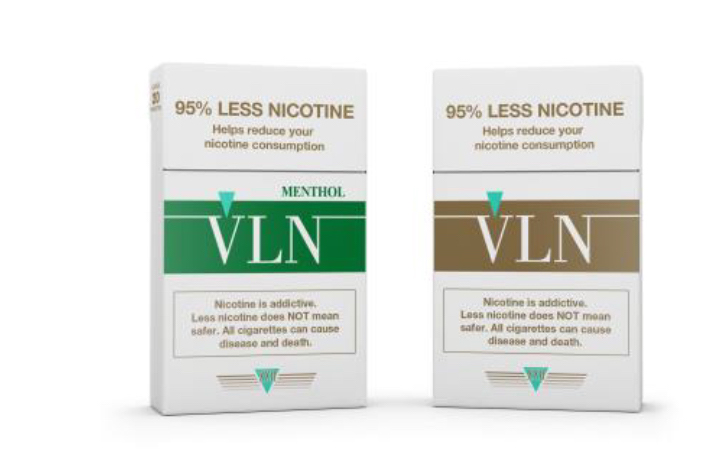| Addiction Treatment Industry Newswire |
02/11/2014 -ATIN – As state funding woes begin to turn, and dozens of states are projected to run budgetary surpluses, battles loom over what to do with the money. But the sad fact remains that revenues are just now, when adjusted for inflation, reaching pre-recessionary levels. For addictions funding, though, given the draconian cuts in state-after-state that often sparked demonstrations, restoring funding to just the old levels is going to amount to a growth rate in the government category where the reverse had been the order of the day. And in many states, such as Ohio and Vermont, where addictions issues are being given attention at the highest political levels, new money is being thrown at what is increasingly seen as the most important public policy issue bar none. So, the  bottom line has become that government payor flows may once again set to become a major positive addition to funding after nearly a half decade in which, especially in locales like Illinois, nothing but draconian cutbacks dominated. bottom line has become that government payor flows may once again set to become a major positive addition to funding after nearly a half decade in which, especially in locales like Illinois, nothing but draconian cutbacks dominated.
Fastest Growing Post managed care, but pre financial crisis, public funding flows into addictions spending was by far the fastest source of growth for addiction treatment industry revenues, while private pay cash-out-of-pocket grew modestly and private commercial health insurers seemed almost intent on withdrawing from funding the marketplace completely. (see accompanying chart: Substance Abuse Spending 1986-2014) On the private side of the addiction treatment business, there were few entrepreneurial efforts, if any at all, aimed at capturing public funding flows while existing addiction treatment players seemed intent on exiting that side of the business or diversifying away from it. The nation’s largest treatment provider, CRC Health, has however very quietly in recent years seen a very large jump in its government payor flows as a percentage of total revenue, the result to a very large degree on a big drop in private pay from its shrinking youth therapeutic schools segment but also from straight up new business from local governments and state governments that are shifting funds away from corrections into addiction treatment. For-Profits Amongst the for-profits, a decade ago which accounted for around 40 percent of the treatment industry, there are now few enterprises beyond corrections oriented players that focus to any degree on government pay. Before its foray into the high end with the purchase of Sierra Tucson, CRC Health had acquired properties that delivered mostly highly affordable care and founder Barry Karlin had spent considerable time and effort trying to cultivate commercial health insurers, hoping to convince them that addiction treatment spends were worth the money. According to Karlin, CRC has relationships with some 700 or so commercial health insurers, which is very likely far more than any other provider either for-profit or non-profit. And post financial crisis, and amidst the introduction of Obamacare, the for-profits seem intent on plumbing the commercial health insurers as a source of revenue growth, although it’s open to doubt whether or not that effort has met with much degree of success in the aggregate. CRC’s Big Jump in Government Pay  Pubic Oriented New Build In an example of the commitment CRC has made to capturing public funds flows, last spring it opened a center Unit Numbers As CRC has become relatively more reliant on government pay post recession, the shift in the payor mix seems to have had a relatively minor impact on unit revenues. Residential patient day was $382 late last year at CRC, down only about 2 percent from the previous year. It’s not possible to compare apples-to-apples on residential unit revenues going back to before the recession at CRC because it’s only in the last couple of years that youth was broken out separately on the residential patient day data series at CRC. Such a comparison would obviously be useful for any treatment enterprise considering going after government business, giving an insight as it would into how unit costs could be managed in a lower reimbursement environment. POST YOUR COMMENTS BELOW… start a debate! Got Addiction News? …TELL US! |


 in a new build that CEO Eckert says was entirely driven by new government business. It’s not surprising that the center, a $4.5M 30+ bed residential public/private partnership, is being run by CRC’s White Deer Run unit, which CRC picked up for a song post managed care and has been a solid, steady performer under Jerry Rhodes’ leadership. On the East Coast, White Deer Run is arguably the leading provider of affordable care and accessible care, driven largely as it is by commercial health insurer and government funding flows. The question is, though… how does anyone provide adequate care when reimbursements are in the $200-$250 a day range ($7,500 a month) as they are from Pennsylvania’s government-backed payor Health Choices? According to published reports, that is the reimbursement rate for county referents at the new Lehigh County Center for Recovery. Located in the Allentown, PA area, White Deer Run was able to get the job done and the center built after nearly a decade of efforts by county officials and various private interested parties to get a government-backed treatment program off the ground.
in a new build that CEO Eckert says was entirely driven by new government business. It’s not surprising that the center, a $4.5M 30+ bed residential public/private partnership, is being run by CRC’s White Deer Run unit, which CRC picked up for a song post managed care and has been a solid, steady performer under Jerry Rhodes’ leadership. On the East Coast, White Deer Run is arguably the leading provider of affordable care and accessible care, driven largely as it is by commercial health insurer and government funding flows. The question is, though… how does anyone provide adequate care when reimbursements are in the $200-$250 a day range ($7,500 a month) as they are from Pennsylvania’s government-backed payor Health Choices? According to published reports, that is the reimbursement rate for county referents at the new Lehigh County Center for Recovery. Located in the Allentown, PA area, White Deer Run was able to get the job done and the center built after nearly a decade of efforts by county officials and various private interested parties to get a government-backed treatment program off the ground.










